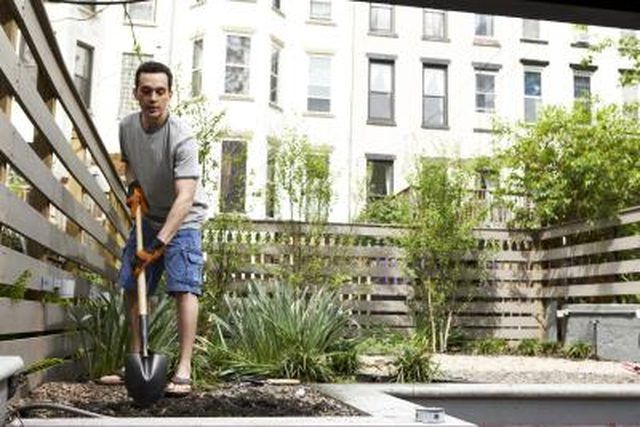Bulbs
Flower Basics
Flower Beds & Specialty Gardens
Flower Garden
Garden Furniture
Garden Gnomes
Garden Seeds
Garden Sheds
Garden Statues
Garden Tools & Supplies
Gardening Basics
Green & Organic
Groundcovers & Vines
Growing Annuals
Growing Basil
Growing Beans
Growing Berries
Growing Blueberries
Growing Cactus
Growing Corn
Growing Cotton
Growing Edibles
Growing Flowers
Growing Garlic
Growing Grapes
Growing Grass
Growing Herbs
Growing Jasmine
Growing Mint
Growing Mushrooms
Orchids
Growing Peanuts
Growing Perennials
Growing Plants
Growing Rosemary
Growing Roses
Growing Strawberries
Growing Sunflowers
Growing Thyme
Growing Tomatoes
Growing Tulips
Growing Vegetables
Herb Basics
Herb Garden
Indoor Growing
Landscaping Basics
Landscaping Patios
Landscaping Plants
Landscaping Shrubs
Landscaping Trees
Landscaping Walks & Pathways
Lawn Basics
Lawn Maintenance
Lawn Mowers
Lawn Ornaments
Lawn Planting
Lawn Tools
Outdoor Growing
Overall Landscape Planning
Pests, Weeds & Problems
Plant Basics
Rock Garden
Rose Garden
Shrubs
Soil
Specialty Gardens
Trees
Vegetable Garden
Yard Maintenance
How to Make a Tree Watering System
How to Make a Tree Watering System. Freshly planted trees require consistent moisture for healthy root development. In the early spring when soil is moist and foliage is thin, mature trees require little irrigation. In the late summer with heavy foliage and hot conditions, trees develop water stress making deep, frequent watering necessary from mid...

Freshly planted trees require consistent moisture for healthy root development. In the early spring when soil is moist and foliage is thin, mature trees require little irrigation. In the late summer with heavy foliage and hot conditions, trees develop water stress making deep, frequent watering necessary from mid to late summer. The ground freezes and foliage thins again in the fall and winter making water less necessary. Inexpensive soaker hose irrigation systems are easily adjusted to the needs of the tree and to shifting climate conditions.
Things You'll Need
Garden spade
Spigot
Soaker hose
Mulch
Observe the span of the tree's canopy.
Dig a two-foot deep hole equidistant from the edge of the tree's canopy and the tree's trunk.
Check the moisture level and texture of the soil. The soil should be moist to the touch. Gritty soil requires more irrigation than loamy or clay-like soil.
Back fill the hole.
Plan the number of soaker hoses and their placement. This plan should reflect the moisture levels and texture of the soil.
Excavate the area where you will place the hoses to a depth of six to four inches and a width equal to that of the hose.
Attach a "Y" valve to the water source's spigot.
Screw the soaker hose to one branch of the "Y" valve. The other branch is available for other uses.
Lay the soaker hose in the prepared trenches, connecting branching hoses as necessary.
Cover the hoses with mulch.
Tips & Warnings
Prevent soaker hose damage by alerting others of their locations.
Adjust the flow of the water. You may have to attach low flow devices to the spigot prior to connecting the soaker hose.
Most garden supply stores sell tree rings--soaker rings designed specifically for newly planted trees.